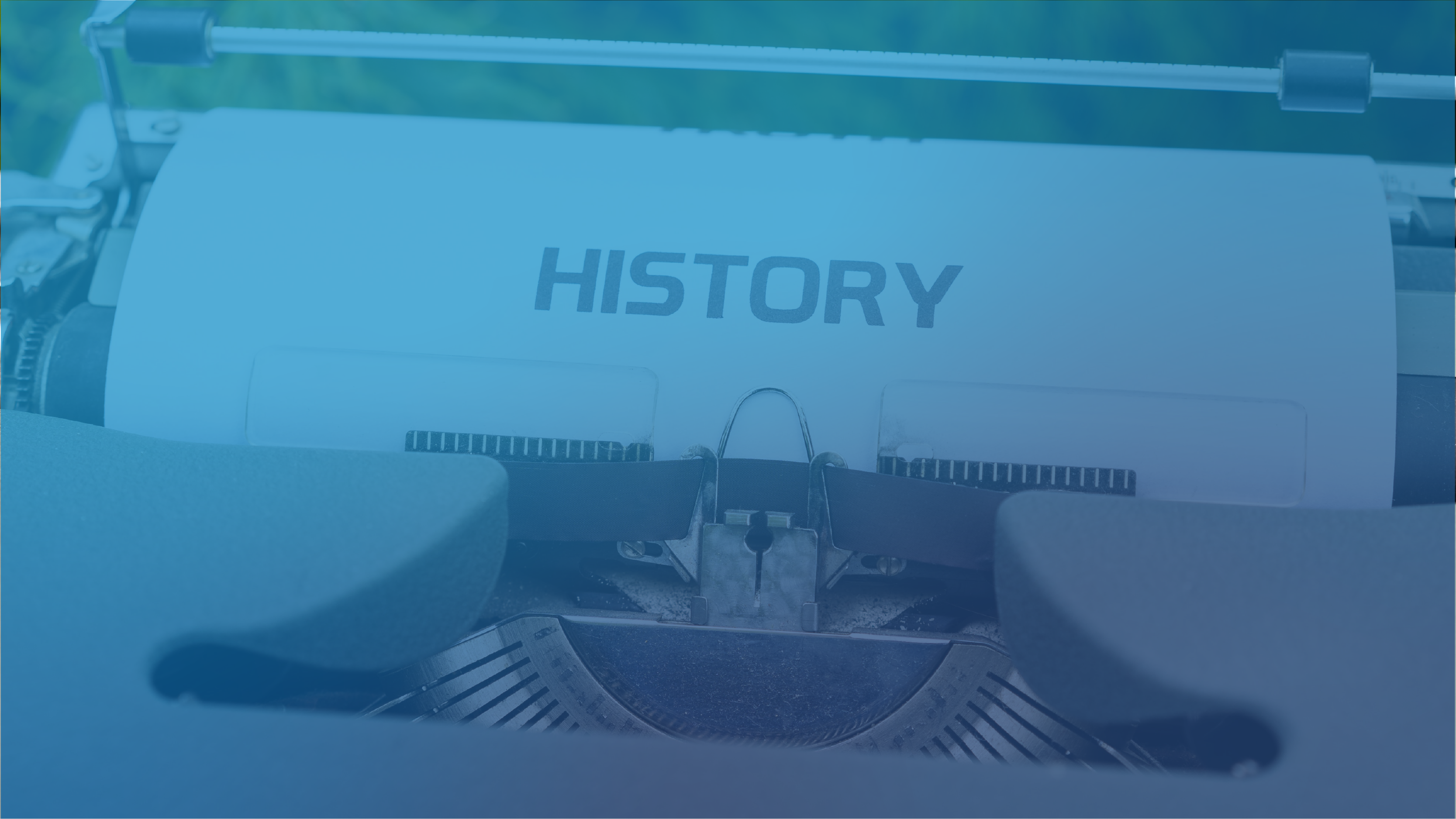Big Blue Blog - History of Cleanrooms
 BlogIndiaCleanroom04.06.2019
BlogIndiaCleanroom04.06.2019
Travel through the history of cleanroom developments.
1900s
Aseptic techniques and sterilisation processes (used in modern day cleanrooms) are used within hospital operating theatres.

1950s
The HEPA filter was fundamental to industrial cleanrooms, supplying clean air to manufacturing areas, with low airborne contamination levels for the manufacture of components like missile gyroscopes.
The early types of cleanroom were non-unidirectional airflow (or turbulent airflow) cleanrooms.

1960s
The development of controlled production environments into the modern cleanroom concept was accelerated by the space race.
Rocket engines were found to have failed when liquid oxygen release valves jammed due to contamination by microscopic dust particles. As a solution, unidirectional airflow cleanrooms were developed.
Contamination control provided an airborne cleanliness level over 1000 times cleaner than that of the earlier non-unidirectional airflow cleanrooms and continues to provide a major method of contamination control to this day.
The global development of microelectronics and decreasing circuit geometry led to large cleanroom manufacturing sites with emphasis on the control of sub-micron size particulate, electrostatic and chemical contaminants.

1970s
Developments i health-care products led to the global use of very closely controlled and regulated Pharmaceutical and Biomedical cleanroom manufacturing facilities.
1990s
There are major changes to cleanroom standards and considerable technological changes to cleanrooms with the advent of isolation technology.

2000s
Cleanrooms are used throughout the modern world for the manufacture of products, such as electronics and semiconductor devices, medicines, medical devices, paint and surface finishes, optical devices, food and drinks.

BEYOND
Throughout cleanroom development various National and International Standards, Guidelines, Test Methods and Recommended Practices have been introduced and subsequently updated, and continue to evolve.
